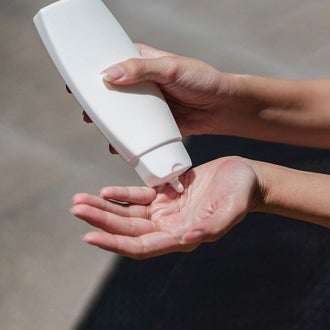Is it true that some sunscreens, foundations and other types of makeup contain nanoparticles which cause cancer? Which sunscreen and makeup brands are safe to use?"
Nanotechnology has been used in sunscreens and cosmetics for many years with no reports of adverse effects. Nanoparticles are smaller than 100 nanometres and invisible to the human eye – a nanometre is 0.000001 millimetre. Sunscreens and cosmetic formulas and their components are regulated through the Therapeutic Goods Administration (TGA). In early 2009, the TGA conducted an updated review of the scientific literature in relation to the use of nanoparticulate zinc oxide and titanium dioxide in sunscreens.
The TGA review concluded that:
- The potential for titanium dioxide and zinc oxide nanoparticles in sunscreens to cause adverse effects depends primarily upon the ability of the nanoparticles to reach viable skin cells.
- To date, the current weight of evidence suggests that titanium dioxide and zinc oxide (commonly used sunscreen active ingredients) nanoparticles do not reach viable skin cells; rather, they remain on the surface of the skin and in the outer layer of the skin that is composed of non-viable cells.
Since the TGA’s review, more recent research into nanoparticles has been undertaken in Australia. A study published in early 2014 exposed human immune cells (called macrophages) to zinc oxide nanoparticles to see how they would respond. The study showed that the human immune system effectively absorbed the nanoparticles and broke them down. The study did not look at whether the particles are absorbed through the skin and into the bloodstream. The current available evidence indicates that this does not happen and the particles remain on the surface of the skin. Cancer Council looks closely at TGA’s advice, as well as our own evidence-based reviews. To date, our assessment, drawing on the best available evidence, is that nanoparticles used in sunscreens and cosmetics do not pose a health risk. We continue to monitor research on this topic.

